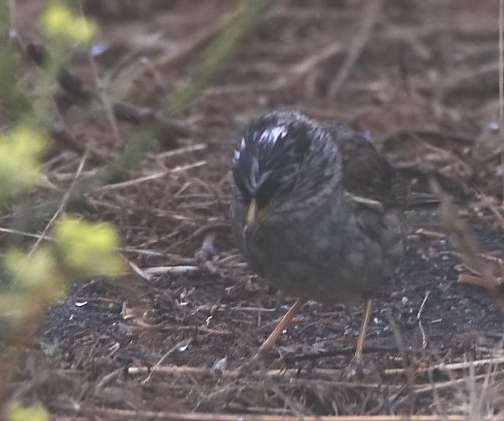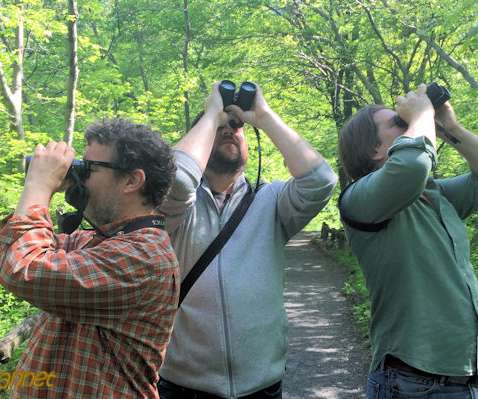Solutions for the Top Five Complaints when Birding in Costa Rica
10,000 Birds
OCTOBER 4, 2014
As soon as you leave the airport near San Jose, unless you are coming from the southeastern states during the summer months, you won’t help but notice the higher level of humidity. San Jose Traffic : Ouch! Most birding time in Costa Rica is spent away from San Jose so no problem there.


















Let's personalize your content